
TINY
TOKYO

Copyright 2014 by Ben Thomas.
All rights reserved. No part of this book may be reproduced in any form without written permission from the publisher. Library of Congress Cataloging-in-Publication Data available under ISBN: 978-1-4521-1738-6. ISBN: 978-1-4521-3028-6 (epub 2)
ISBN: 978-1-4521-3755-1 (epub 3) Designed by Emily Dubin
Map by Lohnes + Wright Chronicle Books LLC
680 Second Street
San Francisco, CA 94107
www.chroniclebooks.com FOR KATHERINE
& ASHER
INTRODUCTION
Ive been making tilt-shift photographs for the past half-dozen years. Tilt-shift photography is a technique that transforms ordinary images into images that take on the appearance of a miniature or a diorama. The original intended use of a tilt-shift lens mostly rested with architectural photographers using the additional movement of the lens (tilting and shifting) to help correct perspective distortion when shooting an architectural subject.
The technique is used in a number of ways to produce vastly different results. Over the years, a number of photographers have experimented with a tilt-shift lens to produce a variety of effectsmost notably, the lens, in reducing the depth of field of a scene, will lend the impression of a toy or miniature setting. Reducing depth of field decreases the field of focus, which can produce the optical illusion that items are much smaller than they really are. In addition to this, considerations such as perspective, distance, framing, and color greatly contribute to the success of an image. For me, the tilt-shift effect provided the opportunity to experiment with ideas of make-believe in the context of the real world and how we relate the two. With this effect, a scene tends to look shiny and new, as if its been given a fresh start.
I hope for my images to be instantly familiar, but also just strange enough to encourage that second, deeper look. In presenting real scenes as dioramas, I have found that the viewer will look at a scene that is perhaps very familiar with fresh eyes and often with nostalgia and a sense of exploration and fun. I first visited Tokyo in 2008, and it was one of the most influential experiences of my life. Its character is spectacularly suited to this style of photography. I didnt anticipate then that I would return to the city on an almost annual basis, but in hindsight Im not surprised. Each visit is filled with photographic opportunity and an almost unlimited array of subject matter to explore.
Tokyo, on the face of it, is anything but miniature. It is gigantica seemingly endless metropolis. It is brash and bold and larger than life. However, look a little deeper, and you will see that Tokyo is not that obvious. There is a lot going on under the surface. The people of Tokyo are deeply mindful of others and of harmony in all areas.
They have one of the most customer-centric societies I have come across and display meticulous attention to detail in all things from signage to train timetables. You cant help but think that this level of sophistication and concern must be nonnegotiable in a city as large and as crowded as Tokyo, and if it isnt, perhaps it should be. Japan is also a country of contradictions, and Tokyo is the hub where these contradictions are most clearancient versus modern, tradition versus innovation. Tokyo is fast paced yet welcoming, wild yet restrained, difficult yet safe, adventurous yet home-loving. Around every corner is another surprise, and almost all of them are good. As much as any of this though, Tokyo is a visual feast.
So much of what makes Tokyo such a thoroughly engaging experience is in what you see around you. For me especially, so many of the elements that I find interesting relate to the details: the guy working on his boat, the blue building dwarfed by the gray ones, the guy on first base trying to steal second. Through this approach, the detail that would ordinarily be in the background can be brought into focus. This is what I love about tilt-shift photography. I hope you do, too. For the most part, the places in this book are those that anyone can easily visit on a trip to Tokyo.
But I hope Ive shown them here in a new and different light. The images offer a snapshot of a city that is running to its own beat, a culture that is warm and exciting and a wonderful mix of the old and new.  COMMERCIAL DOCK, KOTO
COMMERCIAL DOCK, KOTO  COMMERCIAL DOCK WORKS, KOTO
COMMERCIAL DOCK WORKS, KOTO  CONTAINERS, COMMERCIAL DOCK, KOTO
CONTAINERS, COMMERCIAL DOCK, KOTO  INDUSTRIAL KOTO
INDUSTRIAL KOTO  TATSUMI ARCHITECTURE, KOTO
TATSUMI ARCHITECTURE, KOTO 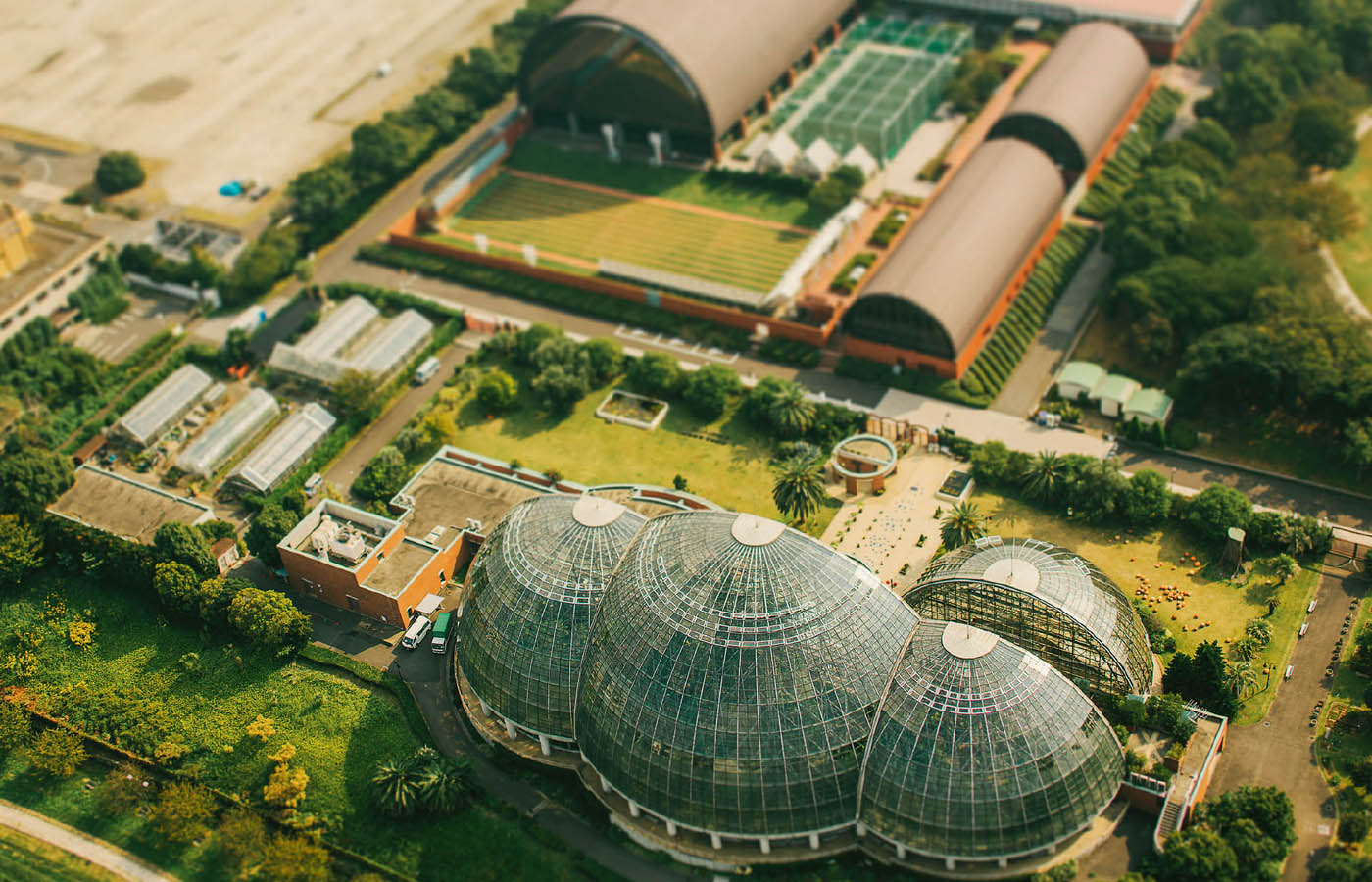 YUME NO SHIMA TROPICAL GREENHOUSE DOME, KOTO
YUME NO SHIMA TROPICAL GREENHOUSE DOME, KOTO 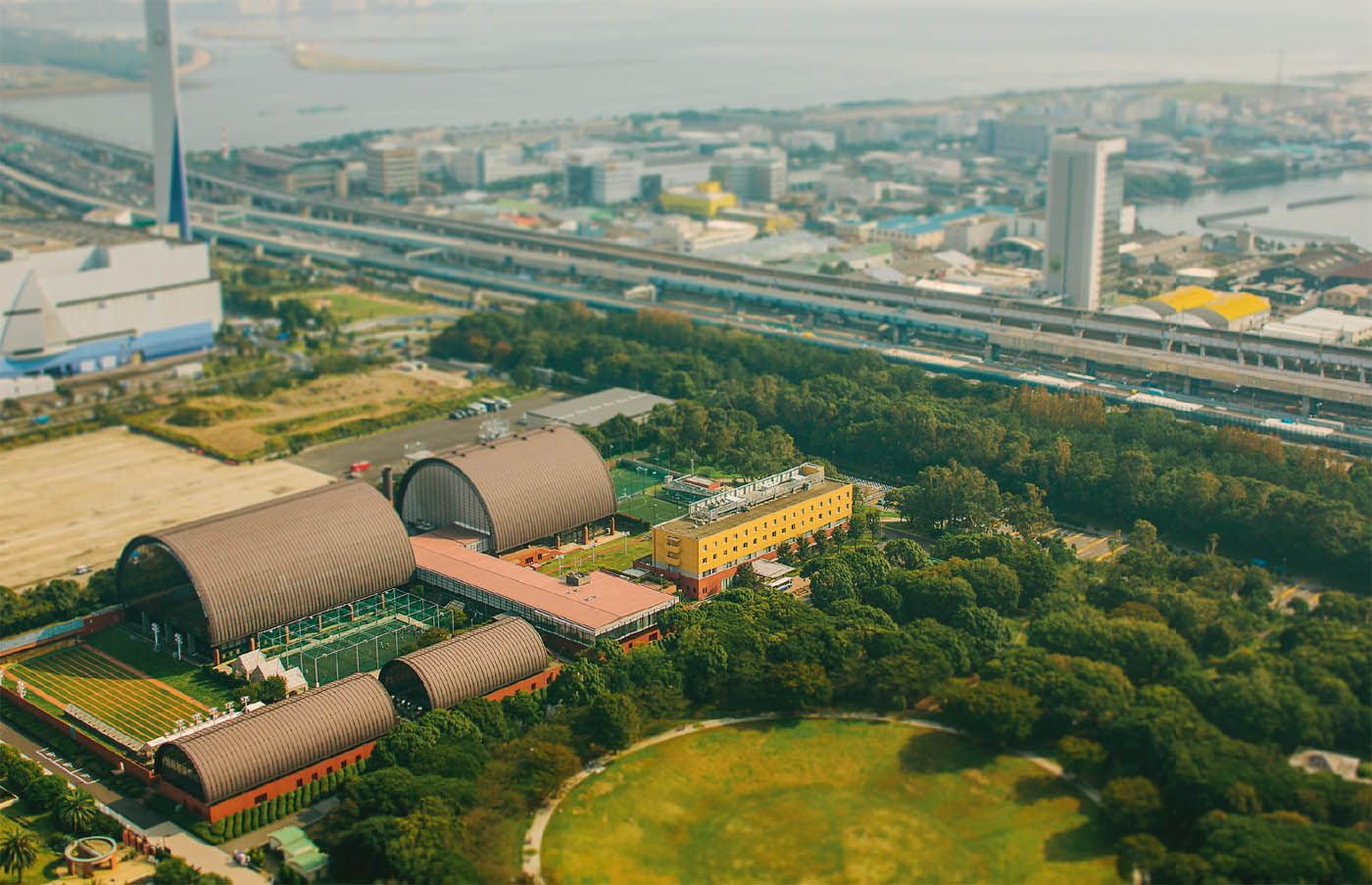 TOKYO SPORTS CULTURE MUSEUM, YUME NO SHIMA
TOKYO SPORTS CULTURE MUSEUM, YUME NO SHIMA 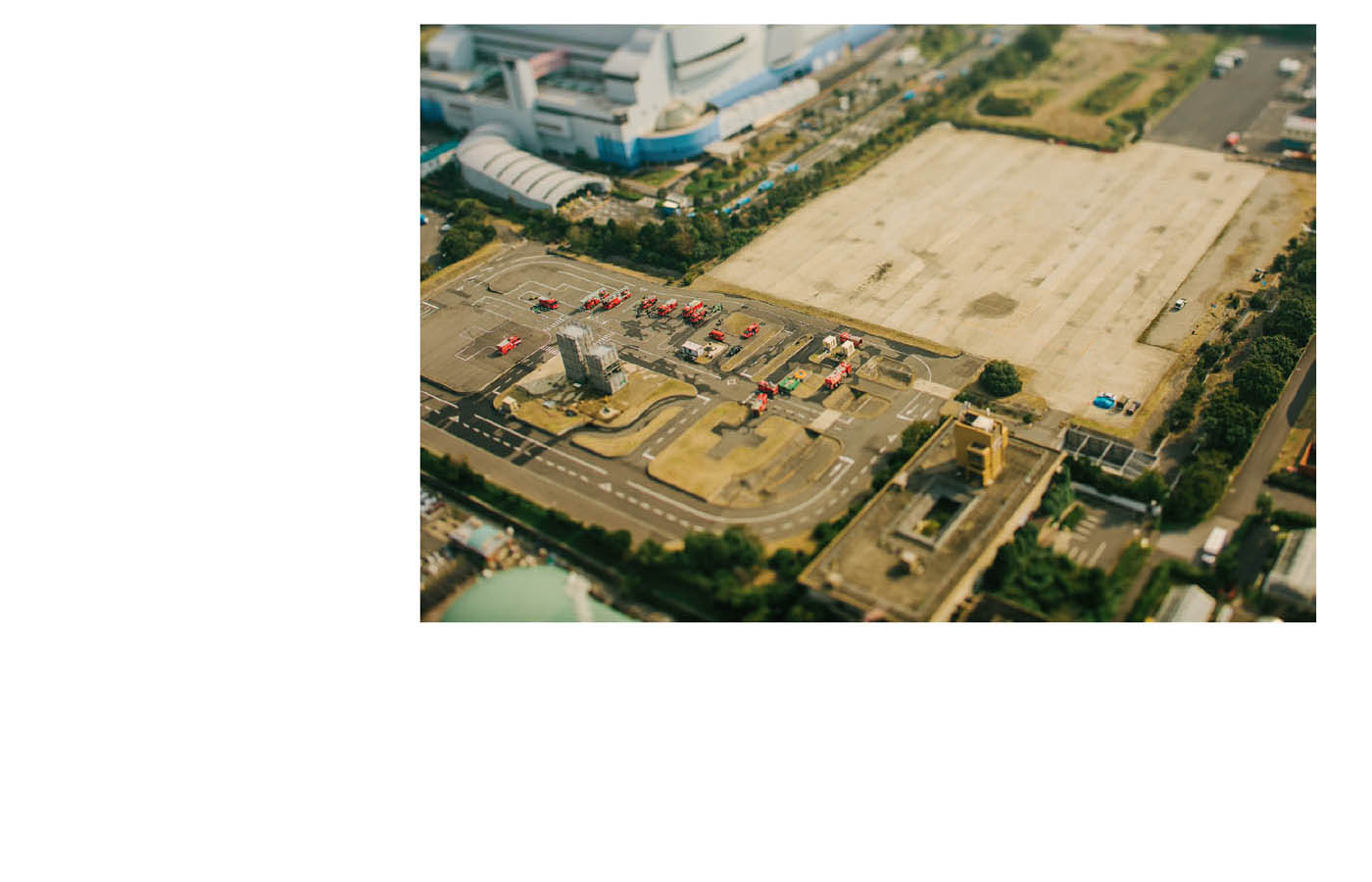 FIRE DEPARTMENT DRILL, YUME NO SHIMA
FIRE DEPARTMENT DRILL, YUME NO SHIMA 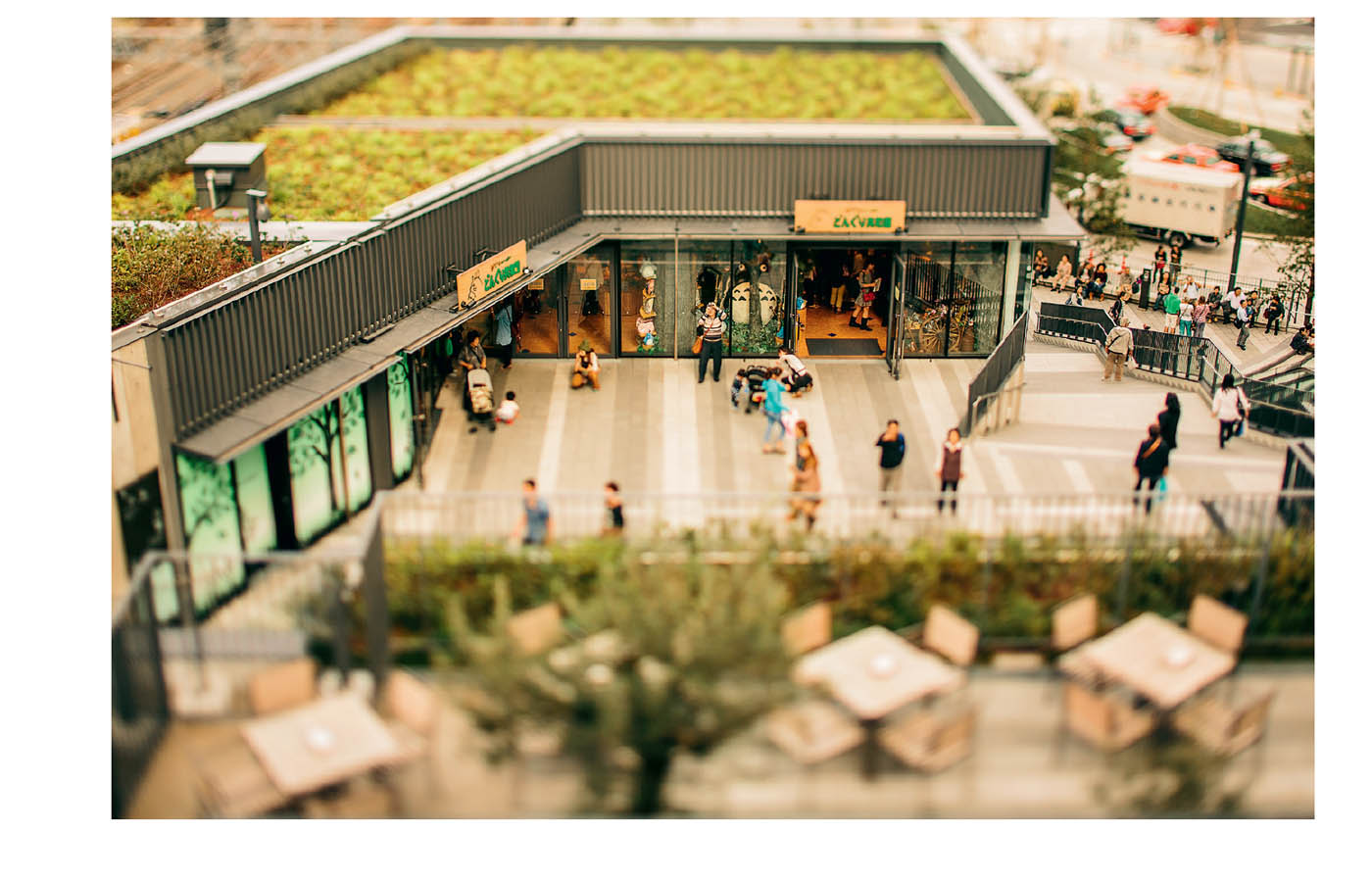 TOKYO SKYTREE SHOPPING PRECINCT, SUMIDA
TOKYO SKYTREE SHOPPING PRECINCT, SUMIDA 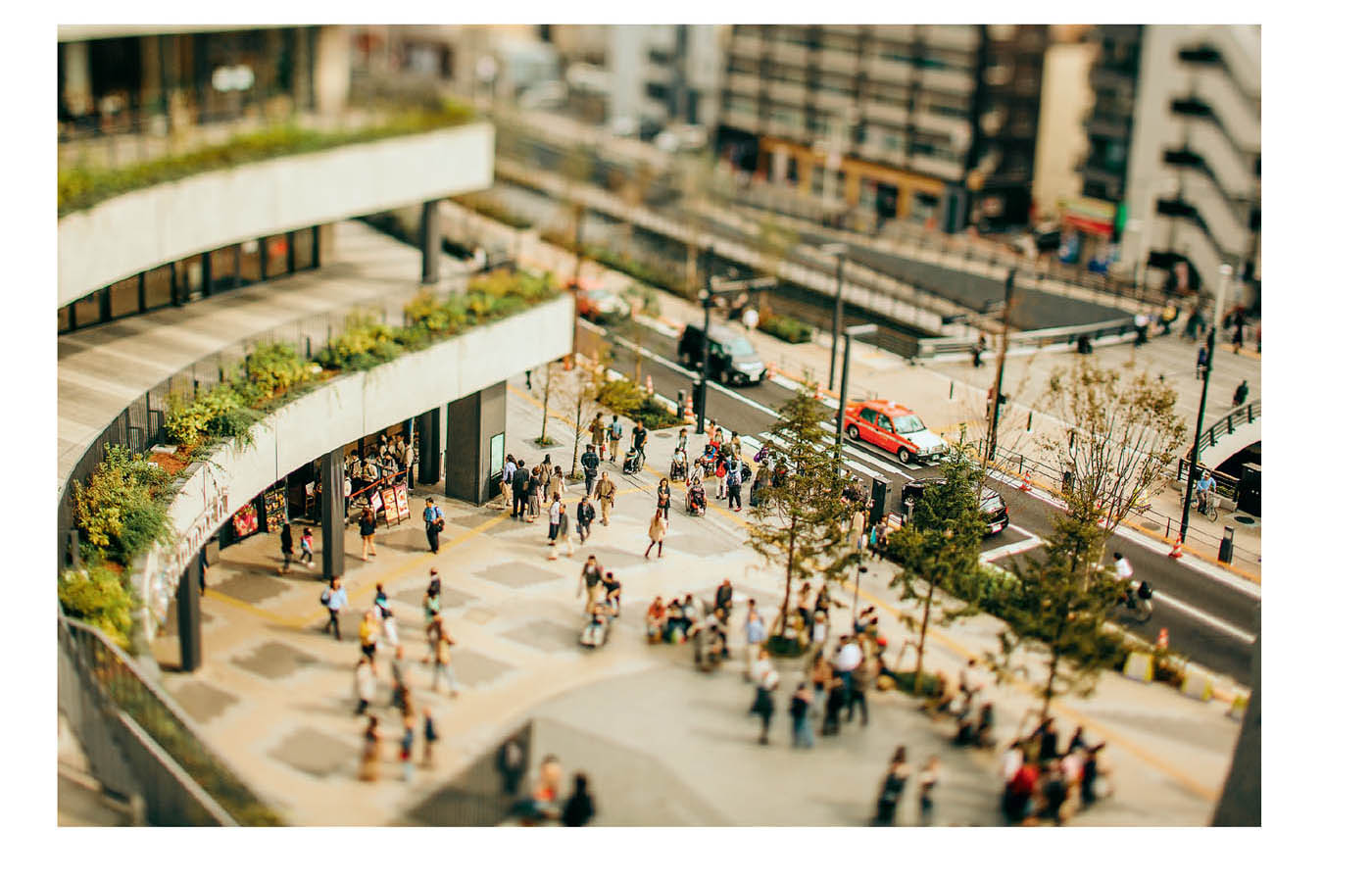 SHOPPING, OSHIAGE
SHOPPING, OSHIAGE 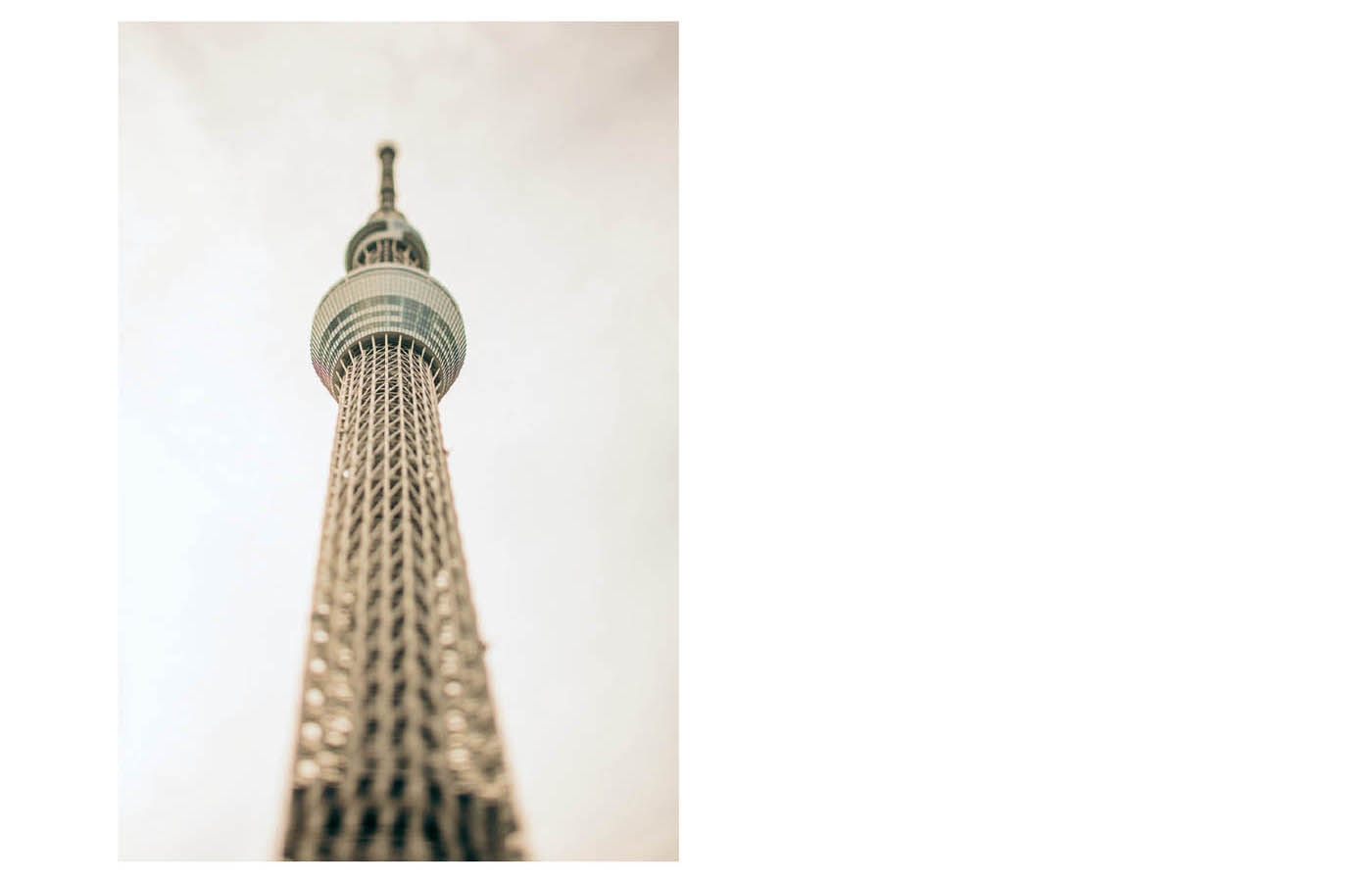 TOKYO SKYTREE, SUMIDA
TOKYO SKYTREE, SUMIDA 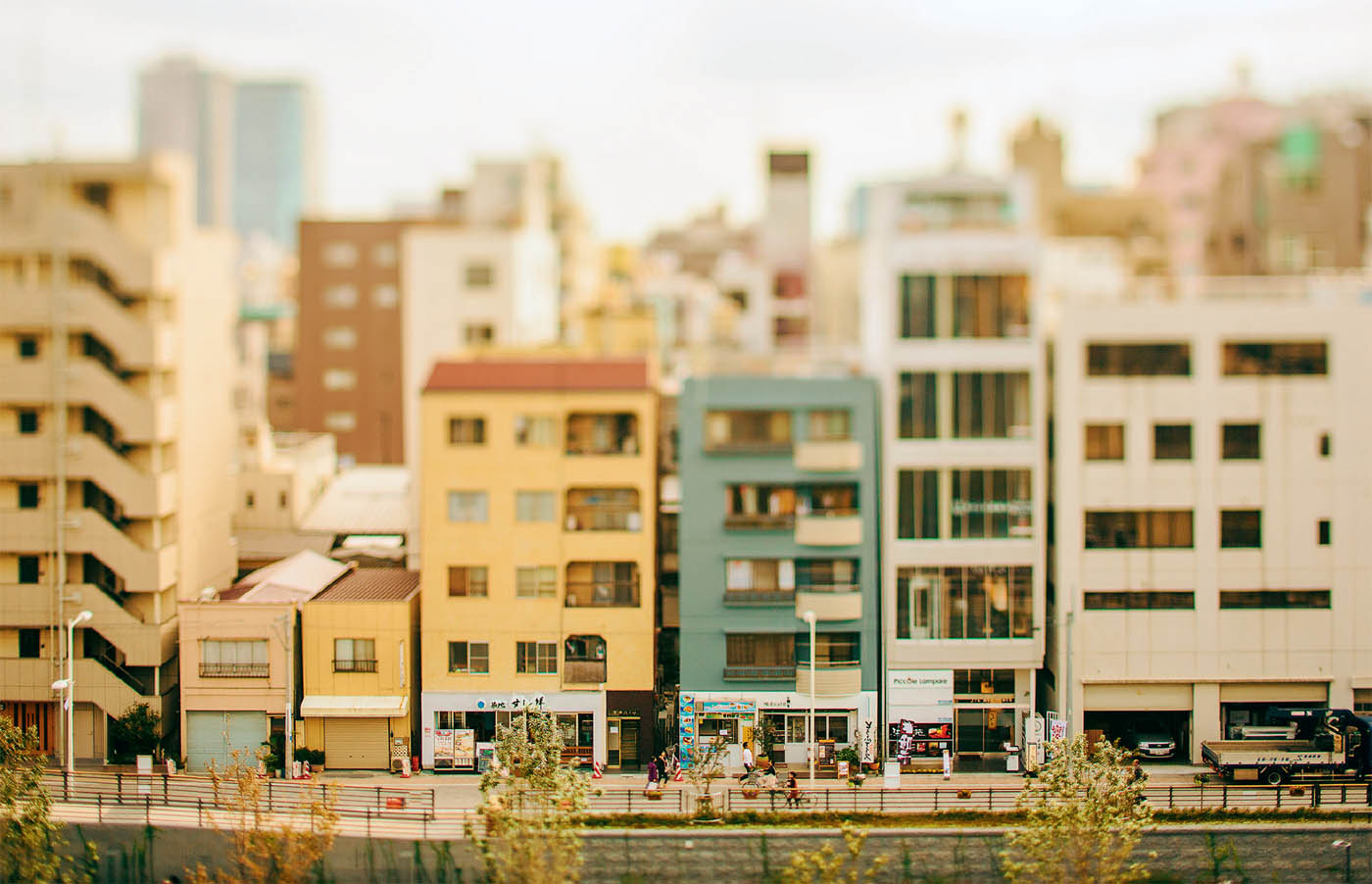 OSHIAGE WALKWAY, SUMIDA
OSHIAGE WALKWAY, SUMIDA 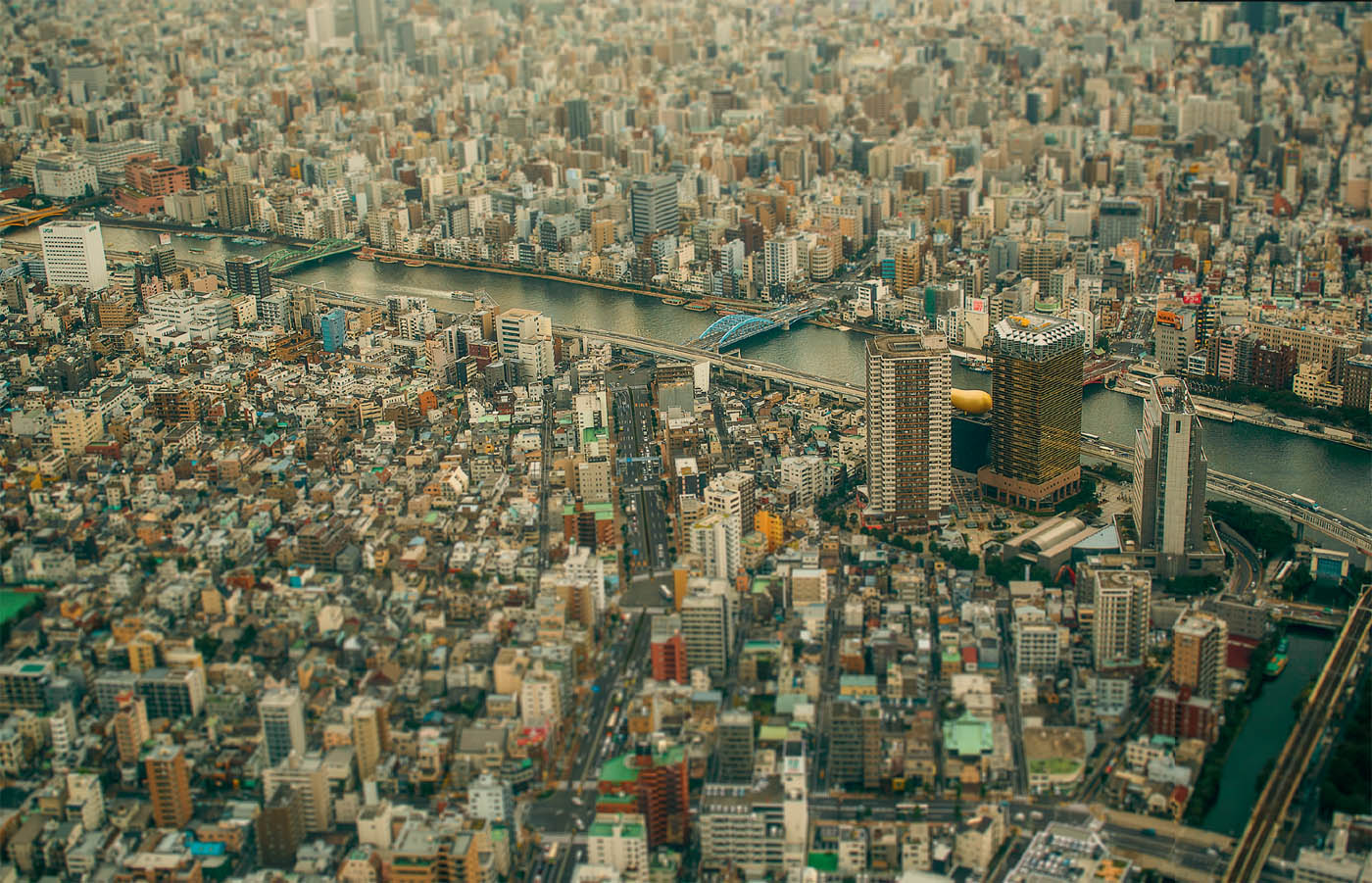 SUMIDA RIVER CITYSCAPE
SUMIDA RIVER CITYSCAPE 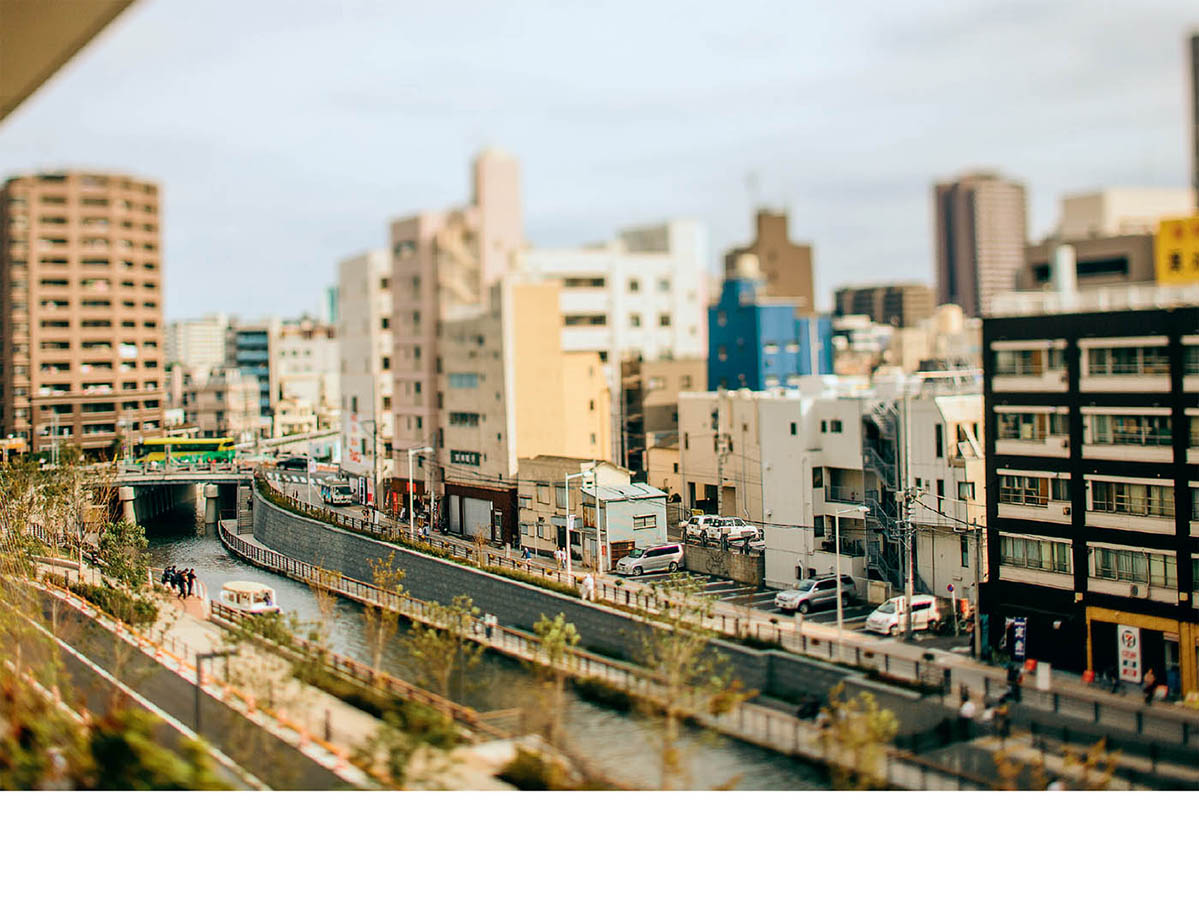 CANAL, OSHIAGE
CANAL, OSHIAGE 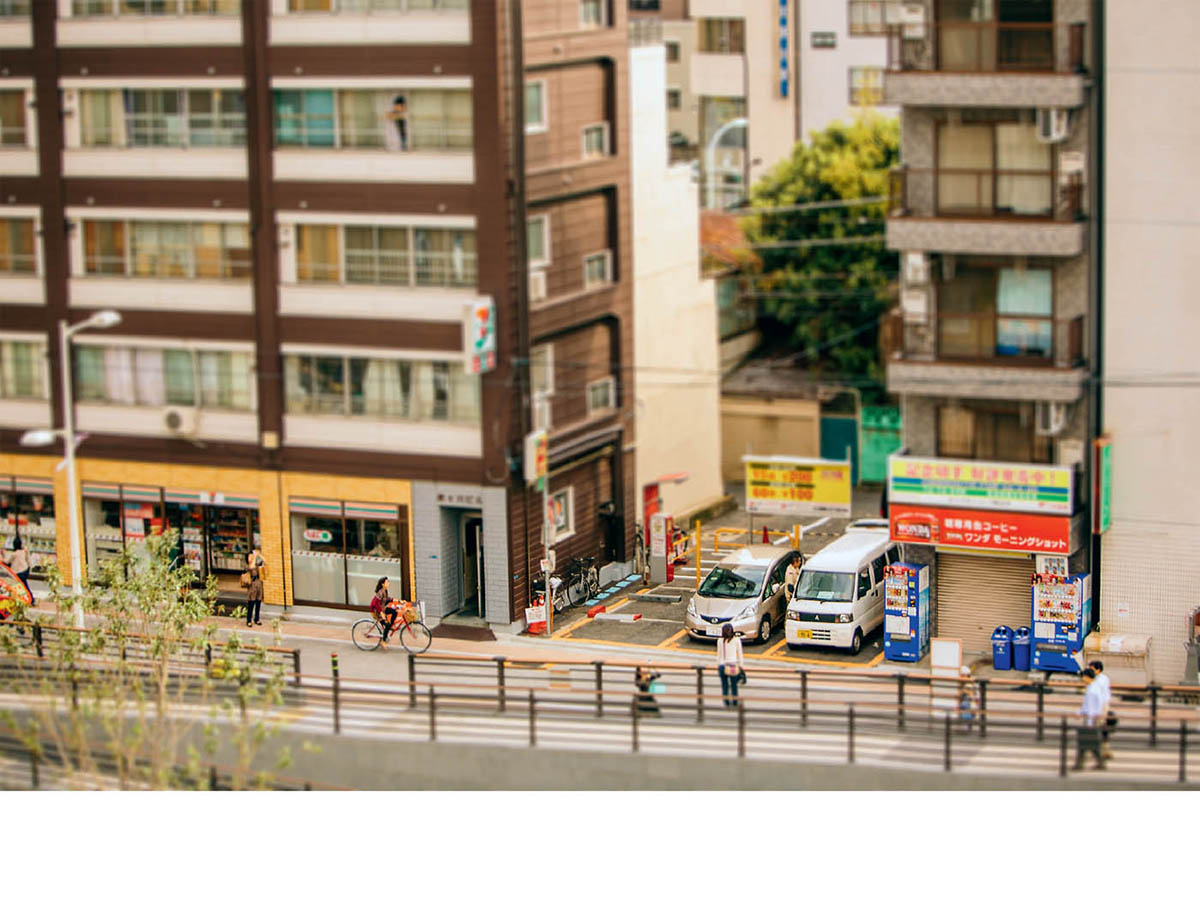 COMMUTING, OSHIAGE
COMMUTING, OSHIAGE 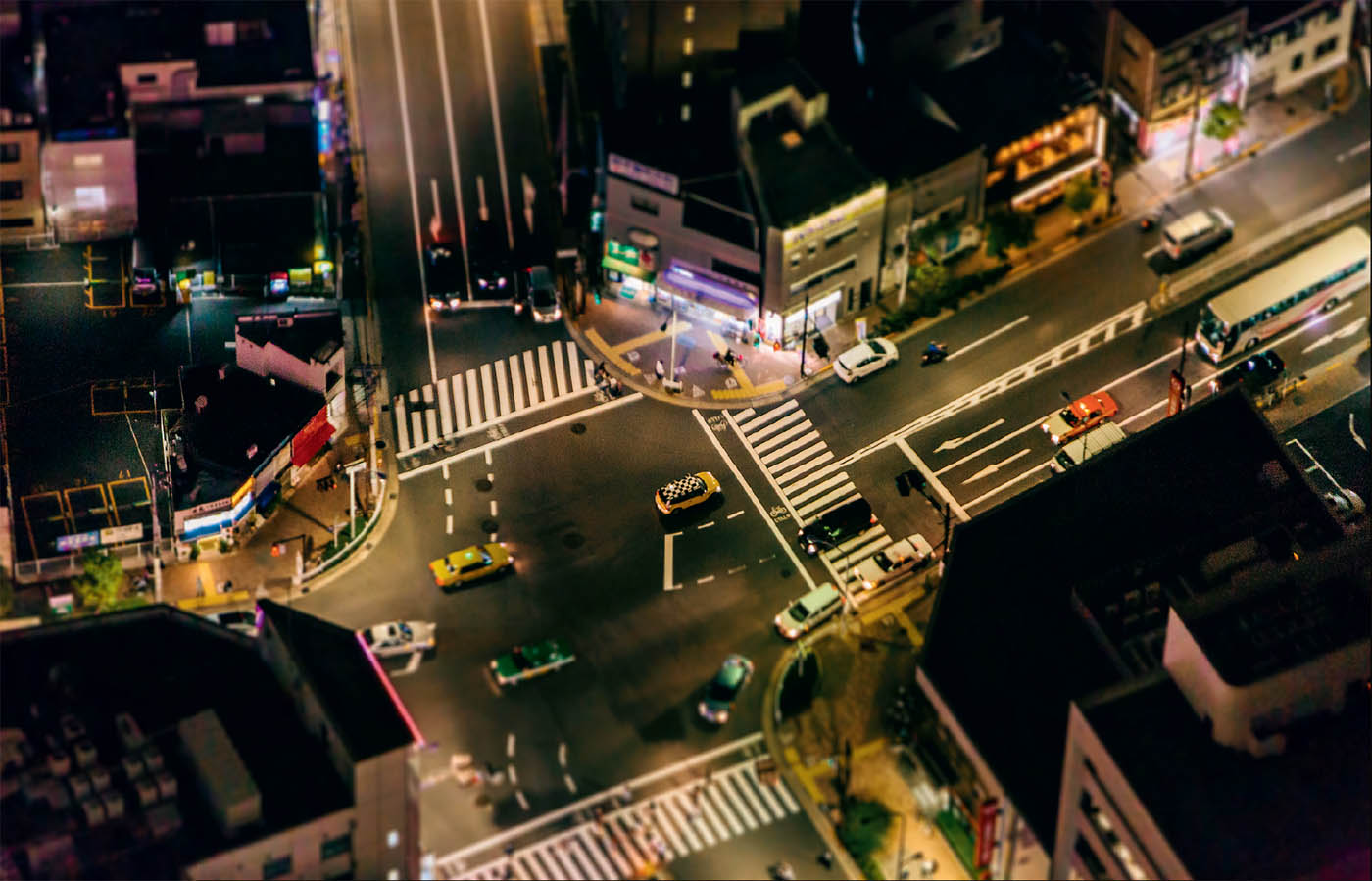 INTERSECTION AT NIGHT, OSHIAGE
INTERSECTION AT NIGHT, OSHIAGE 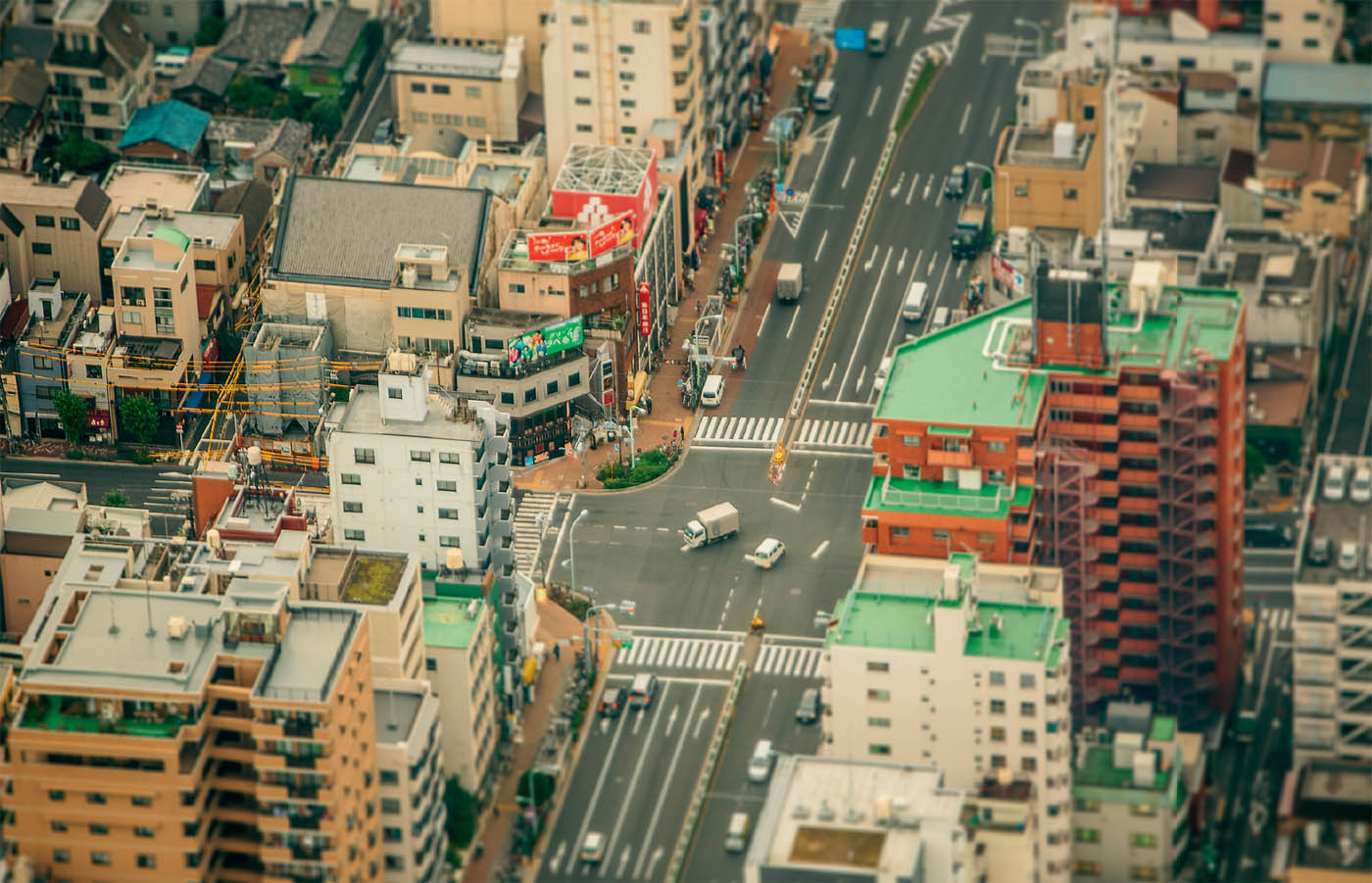 INTERSECTION ABOVE HONJO AZUMABASHI SUBWAY, SUMIDA
INTERSECTION ABOVE HONJO AZUMABASHI SUBWAY, SUMIDA 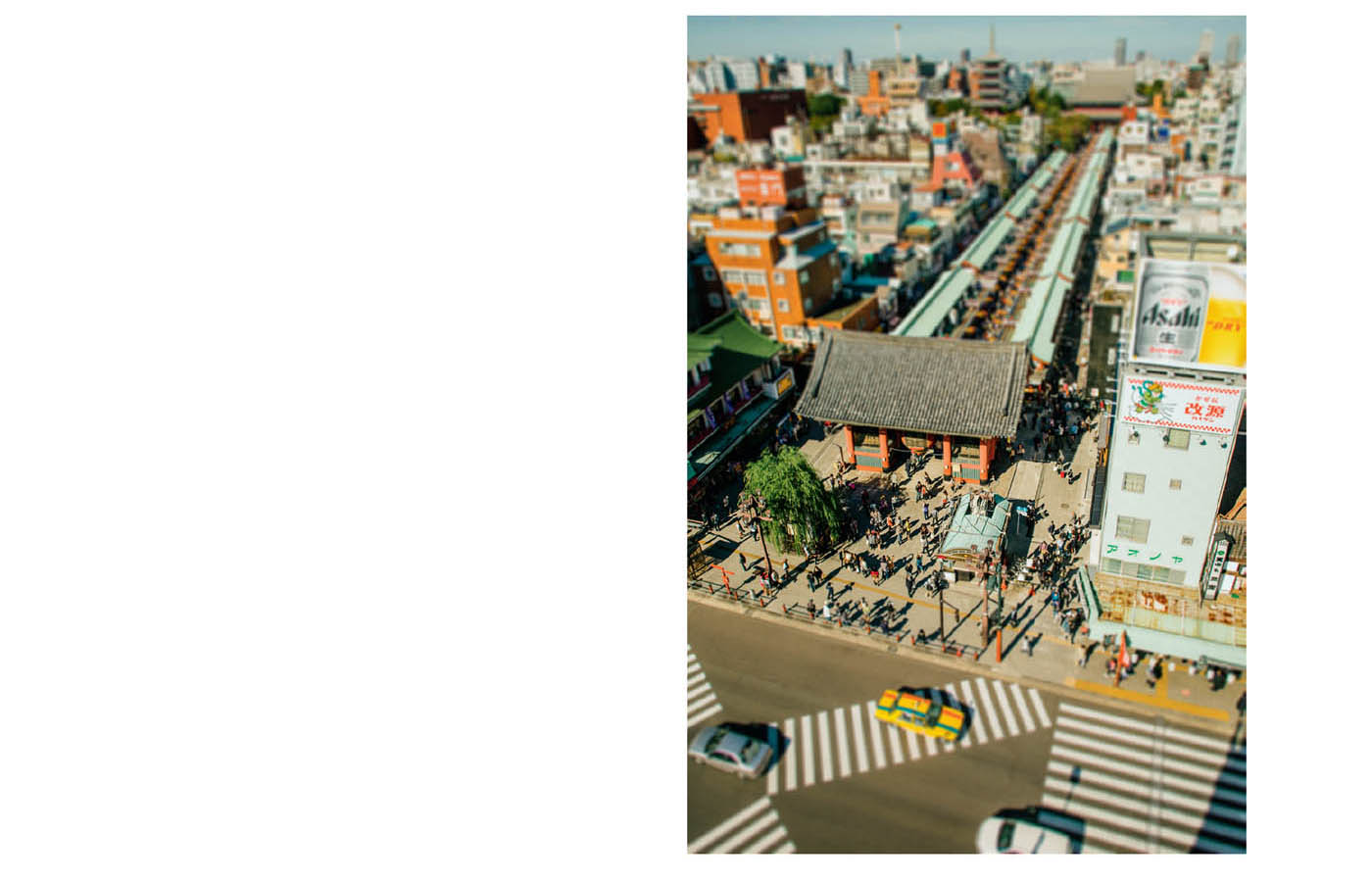
Next page




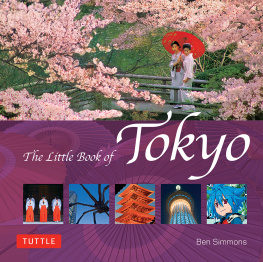

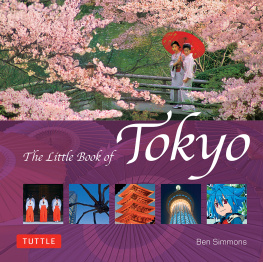

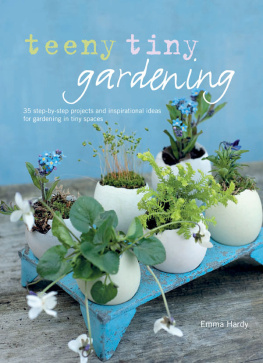

 Copyright 2014 by Ben Thomas.
Copyright 2014 by Ben Thomas. COMMERCIAL DOCK, KOTO
COMMERCIAL DOCK, KOTO  COMMERCIAL DOCK WORKS, KOTO
COMMERCIAL DOCK WORKS, KOTO  CONTAINERS, COMMERCIAL DOCK, KOTO
CONTAINERS, COMMERCIAL DOCK, KOTO  INDUSTRIAL KOTO
INDUSTRIAL KOTO  TATSUMI ARCHITECTURE, KOTO
TATSUMI ARCHITECTURE, KOTO  YUME NO SHIMA TROPICAL GREENHOUSE DOME, KOTO
YUME NO SHIMA TROPICAL GREENHOUSE DOME, KOTO  TOKYO SPORTS CULTURE MUSEUM, YUME NO SHIMA
TOKYO SPORTS CULTURE MUSEUM, YUME NO SHIMA  FIRE DEPARTMENT DRILL, YUME NO SHIMA
FIRE DEPARTMENT DRILL, YUME NO SHIMA  TOKYO SKYTREE SHOPPING PRECINCT, SUMIDA
TOKYO SKYTREE SHOPPING PRECINCT, SUMIDA  SHOPPING, OSHIAGE
SHOPPING, OSHIAGE  TOKYO SKYTREE, SUMIDA
TOKYO SKYTREE, SUMIDA  OSHIAGE WALKWAY, SUMIDA
OSHIAGE WALKWAY, SUMIDA  SUMIDA RIVER CITYSCAPE
SUMIDA RIVER CITYSCAPE  CANAL, OSHIAGE
CANAL, OSHIAGE  COMMUTING, OSHIAGE
COMMUTING, OSHIAGE  INTERSECTION AT NIGHT, OSHIAGE
INTERSECTION AT NIGHT, OSHIAGE  INTERSECTION ABOVE HONJO AZUMABASHI SUBWAY, SUMIDA
INTERSECTION ABOVE HONJO AZUMABASHI SUBWAY, SUMIDA 